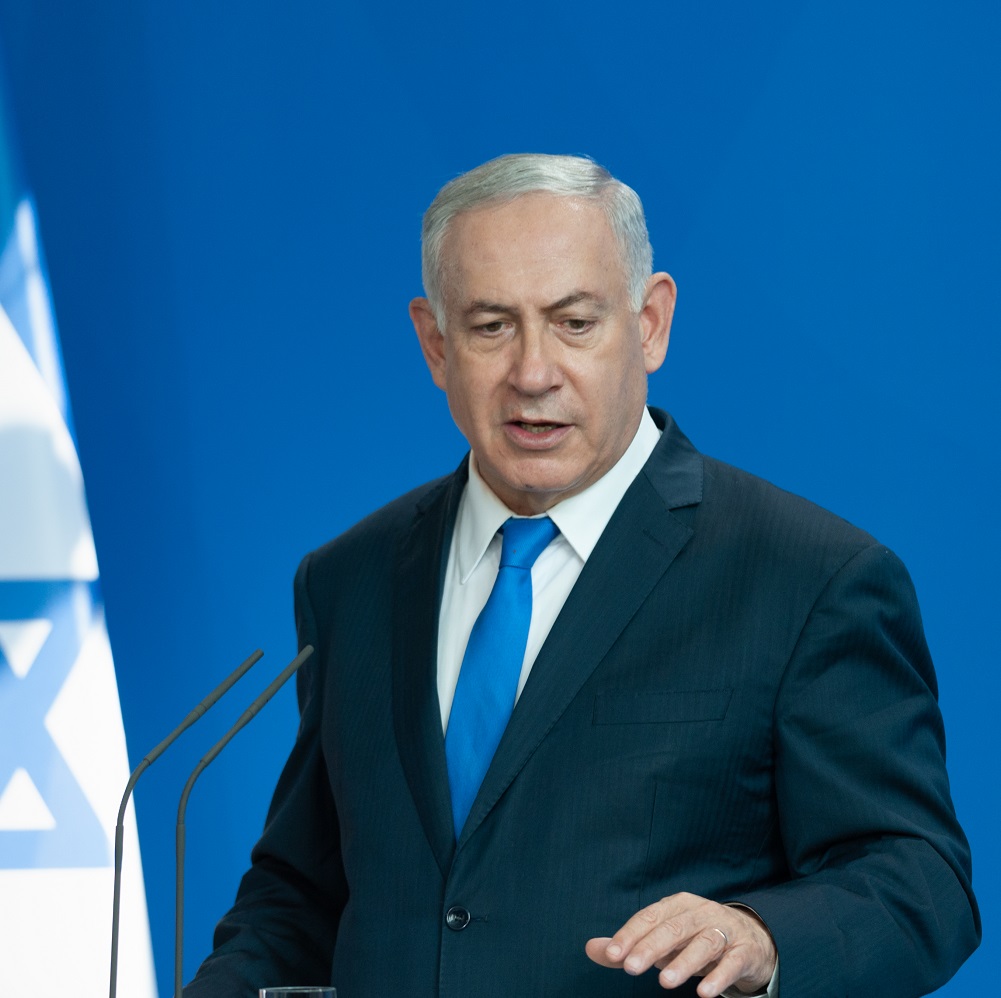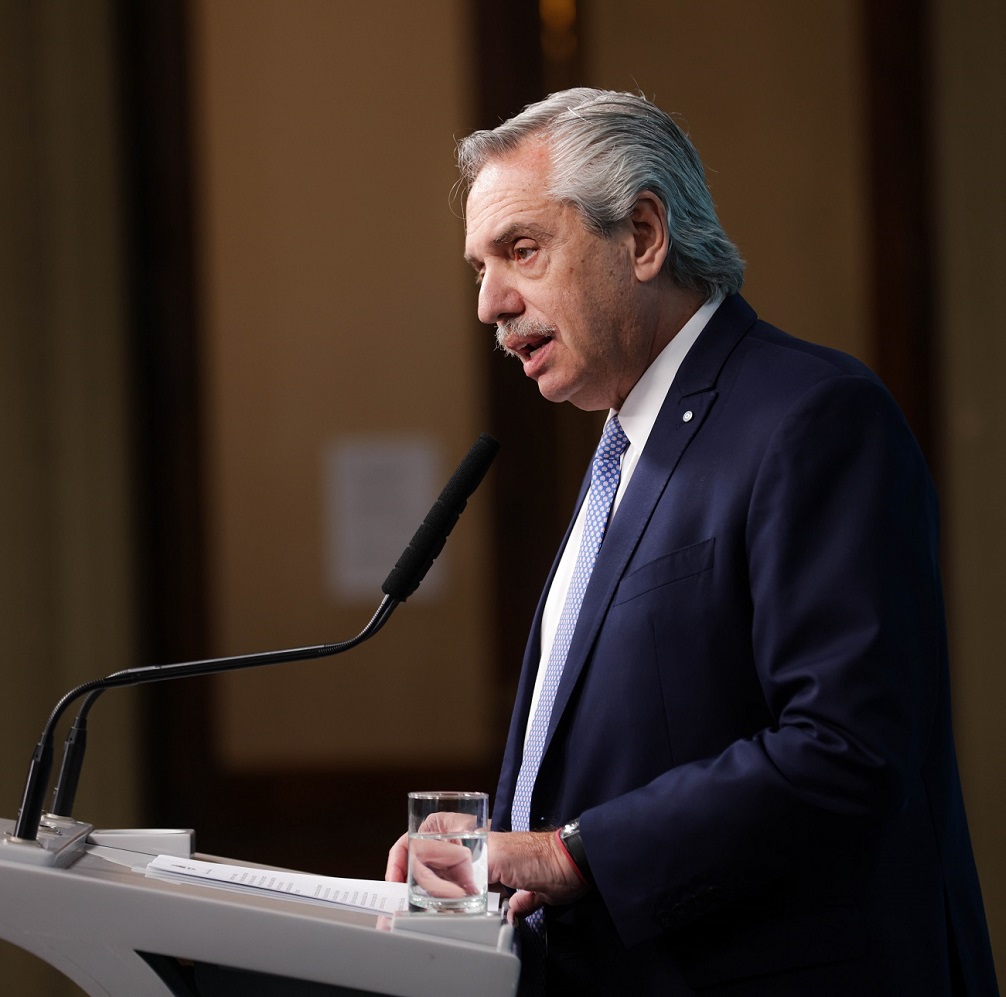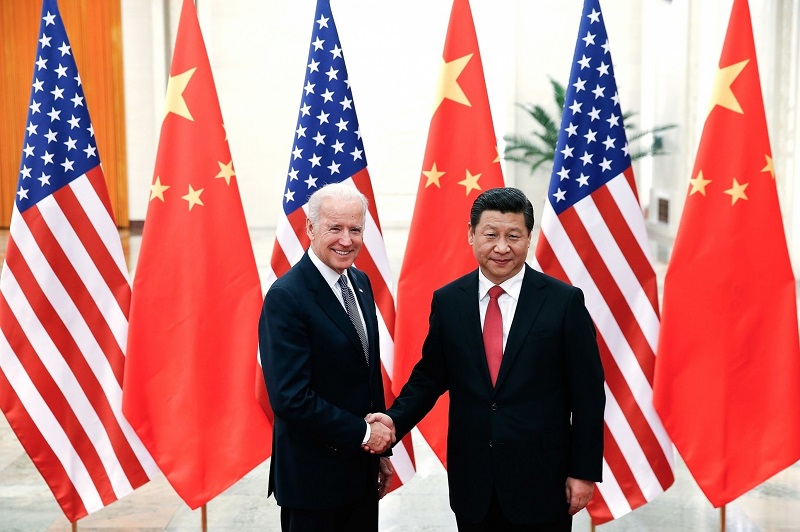
PM Netanyahu's Remarks at an Event for US Independence Day at the Israel Museum in Jerusalem
by Benjamin Netanyahu
President Herzog, Mrs. Herzog, Ambassador Nides and Virginia,and Taylor, and Taylor's boyfriend,Senator Rick Scott,Speaker of the Knesset,Mayor of Jerusalem,and so many dear friends, Tom, you started your words by remembering an evocative moment, when you were 14 years old in Ein haShofet. Well, somewhat younger than that, I had an evocative moment right here, on this hill top. It was barren. There was no Israel Museum. There was the Monastery of the Cross, olive trees. A barren hilltop except one tree, a balut tree. And we, the Jerusalem kids, would band in the valley and we would try to reach, undetected, to the top, to the tree. Reach the target. I say that because right now, well, last night, Israeli soldiers tried to reach, undetected, the most legitimate target on the planet: people who would annihilate our country. And because this Fourth of July in this extraordinary place falls on an extraordinary moment, Ladies and gentlemen, on behalf of the Government and citizens of Israel, I wish to send my warmest greetings to President Biden and the American people as we join in celebrating their Independence Day. And as Prime Minister, I wish to express my deep appreciation and gratitude for America's enduring support for Israel. For 75 years, the United States has been our irreplaceable and indispensable ally. Irreplaceable. Indispensable. Eleven minutes after our birth, and at vital junctures throughout our history, America has provided Israel with moral and political backing against those committed to wiping us out, to wiping out the one and only Jewish state. No less important, for nearly half a century, America has given generous military assistance to Israel, helping provide us with the tools, the tools we need to defend ourselves by ourselves. Decade after decade, our two countries have moved closer together. I'm proud to say that today, security cooperation has never been better, intelligence sharing has never been deeper and our alliance has never been stronger. I have long said that Israel has no better ally than America, and I say to you, America has no better ally than Israel. I'm confident that Israel's importance to the United States will become even clearer in the years ahead, as we work together not only to protect our common security, but also to develop the most advanced technologies that will reshape the 21st century. They will decide who leads the world. And Israel is America's vital partner in that effort. Ladies and Gentlemen, on July Fourth, all democratic countries should remember that the decisive event that ensured the rise of freedom in modern times, has been the rise of the United States of America. Time and again, America defeated the forces of totalitarianism and terror. Yet we should also remember a basic truth: Freedom is precious, and it's never free. It often requires firm and decisive action against those seeking to spread terror and imperil free societies. I remember that truth every Fourth of July, because that is the day my brother Yoni fell, commanding the rescue force at Entebbe. Today, on the eve of another Fourth of July, Israel's soldiers, once again, find themselves fighting forces of terror. Late last night, the IDF launched a comprehensive action against terrorist strongholds in Jenin. In recent months, Jenin has become a safe haven for terrorists. From that safe haven, terrorists perpetrated savage attacks, murdering Israeli civilians, men, women and children, as many children as they could find. As I speak, our troops our battling the terrorists with unyielding resolve and fortitude, while doing everything, everything, to avoid civilian casualties. I have no doubt that as Israel exercises its inherent right of self-defense, the United States will stand firmly by our side. And I also believe that in the months ahead, Israel and America will work closely together to thwart the danger posed by Iran and seize the opportunity to expand the circle of peace. Ladies and gentlemen, tonight is also an opportunity to thank outgoing US Ambassador Tom Nides for his service and for his friendship towards Israel. Thank you Tom. During your tenure here, you've demonstrated that your support for Israel comes both from the head and from the heart. On a personal level, I will say I'll miss your candor, your wit, your humour and your friendship. No matter what you do, what you decide to do in the next chapter of your life, know that Israel will always be your home away from home. And as you've said many times, quoting President Biden, we are mishpuche. So on behalf of your Israeli family, let me wish you a happy Independence Day. Happy Independence Day America. God bless America and God bless our valued and unshakable alliance.












